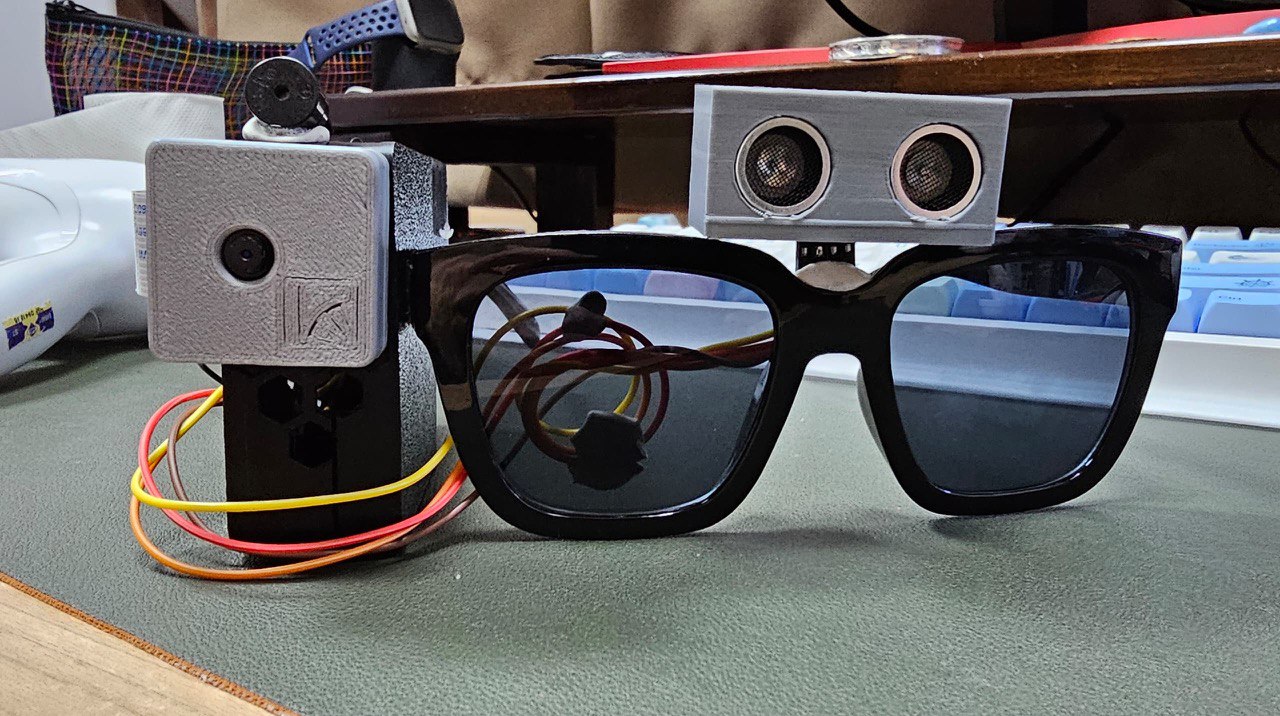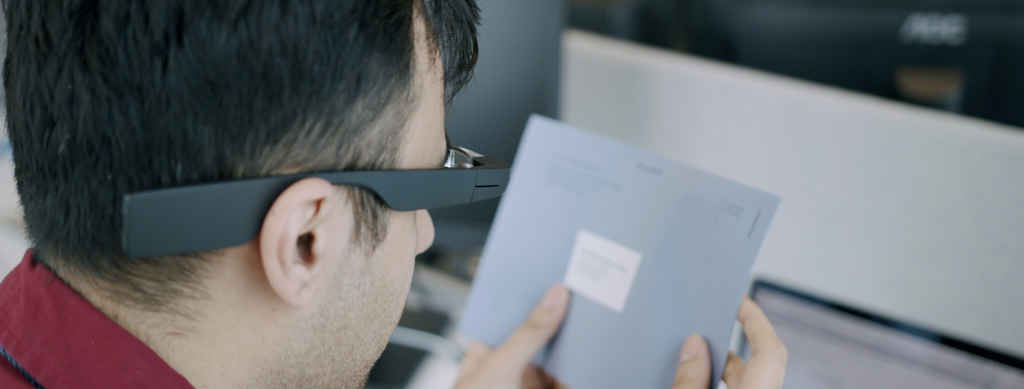Top Braille Displays and Notetakers to Enhance Accessibility for the Blind
Top Braille Displays and Notetakers to Enhance Accessibility for the Blind
Blog Article
Enhancing Access Through Assistive Modern Technology for the Blind
The integration of assistive innovation for the blind represents a critical innovation in availability, essentially altering just how individuals browse their environments and engage with society. From screen visitors to cutting-edge smart canes, these tools not only improve freedom but also promote inclusivity in numerous rounds of life. As we explore the diverse kinds of assistive devices and their tangible influence on day-to-day living, it becomes necessary to take a look at how ongoing technological developments are improving the landscape of support for the blind area. What effects do these developments hold for the future of ease of access?
Introduction of Assistive Technology
Assistive technology refers to a series of gadgets and software program made to boost the capacities of people with disabilities, including those who are aesthetically impaired or blind. This innovation plays a vital role in promoting self-reliance and improving the top quality of life for customers. By giving different techniques for accessing information and doing everyday tasks, assistive modern technology equips people to browse their atmospheres more effectively.
The development and execution of assistive innovation accept a selection of principles targeted at fostering accessibility. These concepts include user-centered layout, which focuses on the needs and choices of the individual, and the assimilation of modern technology into day-to-day activities. Such developments ensure that assistive tools are not only practical but simple and also instinctive to utilize.
Furthermore, assistive innovation incorporates a varied spectrum of services, from low-tech alternatives like magnifiers to modern technologies such as screen visitors and Braille display screens. The ongoing evolution of this area is driven by the need to attend to the distinct difficulties encountered by people with visual disabilities (Wearable technology for low vision). As technology continues to breakthrough, the possibility for boosting accessibility and promoting inclusivity stays encouraging, inevitably adding to a much more equitable society

Sorts Of Assistive Gadgets
Countless sorts of assistive gadgets are readily available to support people that are visually impaired or blind, each designed to attend to details needs and challenges. These gadgets can be broadly categorized into three primary kinds: low-tech, mid-tech, and high-tech services.
Low-tech gadgets include products such as magnifiers, Braille tags, and responsive maps. These are reasonably simple tools that enhance the customer's capability to interact with their environment without needing complex technology.
Mid-tech devices often include advanced features, such as digital magnifiers and portable Braille note-takers. These gadgets can supply performances like speech result, permitting users to gain access to information a lot more efficiently.

Influence On Daily Living
The availability of different assistive devices substantially enhances the lifestyle for people who are visually impaired or blind, influencing their day-to-day living in profound methods. By incorporating technologies such as screen visitors, Braille presents, and audio summary services into their regimens, customers gain greater autonomy and self-reliance. These devices help with access to info, making it possible for people to perform everyday tasks, such as checking out e-mails, browsing public rooms, and enjoying media content.
Additionally, assistive gadgets equip people to involve even more totally in social interactions and community activities. The ability to utilize smartphones geared up with access attributes enables smooth interaction and link with others. This connectivity promotes a sense of belonging and reduces sensations of isolation.
In expert settings, assistive modern technology sustains performance by enabling individuals to complete work jobs successfully. Devices like voice recognition software application and specialized magnification devices make it possible for customers to take part in the labor force on equal footing with their sighted peers.

Improvements in Modern Technology
Recent technical innovations have substantially changed the landscape of tools offered for individuals that are blind or aesthetically impaired. The combination of expert system (AI) and artificial intelligence has triggered applications that enhance navigation and object recognition. Mobile phone apps can now use AI to identify and describe surroundings in real-time, offering users with important contextual information.
Additionally, advancements in haptic technology have led to the development of clever walking canes outfitted with sensors that find challenges and supply tactile responses. This encourages customers to navigate their environment with increased self-confidence and freedom. Moreover, advancements in text-to-speech software application and braille displays have actually improved the ease of access of digital content, permitting smooth communication with various media.
Wearable innovations, such as clever glasses, are also making strides in assisting aesthetic disability. As innovation proceeds to develop, the capacity for also more transformative tools stays on the perspective.
Future Trends and Innovations
As innovation rapidly proceeds, the future of assistive devices for people who are blind holds tremendous pledge. Developments in expert system (AI) and maker knowing are positioned to reinvent the way blind customers communicate with their environments. AI-driven applications are being established to enhance things recognition, permitting individuals to identify and navigate their surroundings with better ease and precision.
Moreover, improvements in haptic feedback innovation are making it possible for the development of responsive maps and navigation Recommended Reading aids that supply real-time details through touch. These innovations not only improve mobility however likewise foster freedom. Additionally, wearable tools equipped with augmented truth (AR) functions are arising, supplying users visual information with sound summaries, therefore linking the void in between the digital and physical worlds.
Additionally, the combination of wise home modern technology offers brand-new opportunities for ease of access, enabling individuals to manage their living environments with voice commands or mobile phone applications. As partnership between tech developers and the blind community proceeds, the concentrate on user-centered layout will certainly make certain that future technologies are customized to fulfill the special requirements of this populace (Wearable technology for low vision). The trajectory of assistive modern technology assures an extra inclusive and empowering future for people who are blind
Verdict
In final thought, assistive modern technology plays a vital role in improving accessibility for people with aesthetic problems. Continuous improvements in technology and user-centered style make certain that these tools cater properly to the eye exam distinct requirements of the blind area.
The integration of assistive innovation for the blind stands for a pivotal development in access, essentially changing how individuals navigate their atmospheres and involve with culture.Assistive technology refers to a variety of tools and software program designed to improve the abilities of people with specials needs, consisting of those that are aesthetically damaged or blind. Wearable technology for low vision.As technology rapidly progresses, the future of assistive tools for individuals who are blind holds immense promise. The trajectory of assistive technology internet promises an extra empowering and inclusive future for individuals who are blind
In conclusion, assistive technology plays an essential function in boosting access for people with visual disabilities.
Report this page